
Can Teens Really Learn by Watching Role Models?
17 min read Explore how teens learn by observing role models, their impact on behavior, and effective ways to guide adolescent development. (0 Reviews)
Can Teens Really Learn by Watching Role Models?
Every generation of teenagers has been shaped, in part, by those they choose to admire. From athletes and musicians to family members and educators, role models influence how teens see themselves and what they aspire to become. But can simply watching—and perhaps emulating—role models actually help teens learn and grow, or is active guidance essential for true development? Let’s dig into how the power of observing role models can shape teen learning, what makes it work, and what parents or mentors should keep in mind.
The Science of Observational Learning
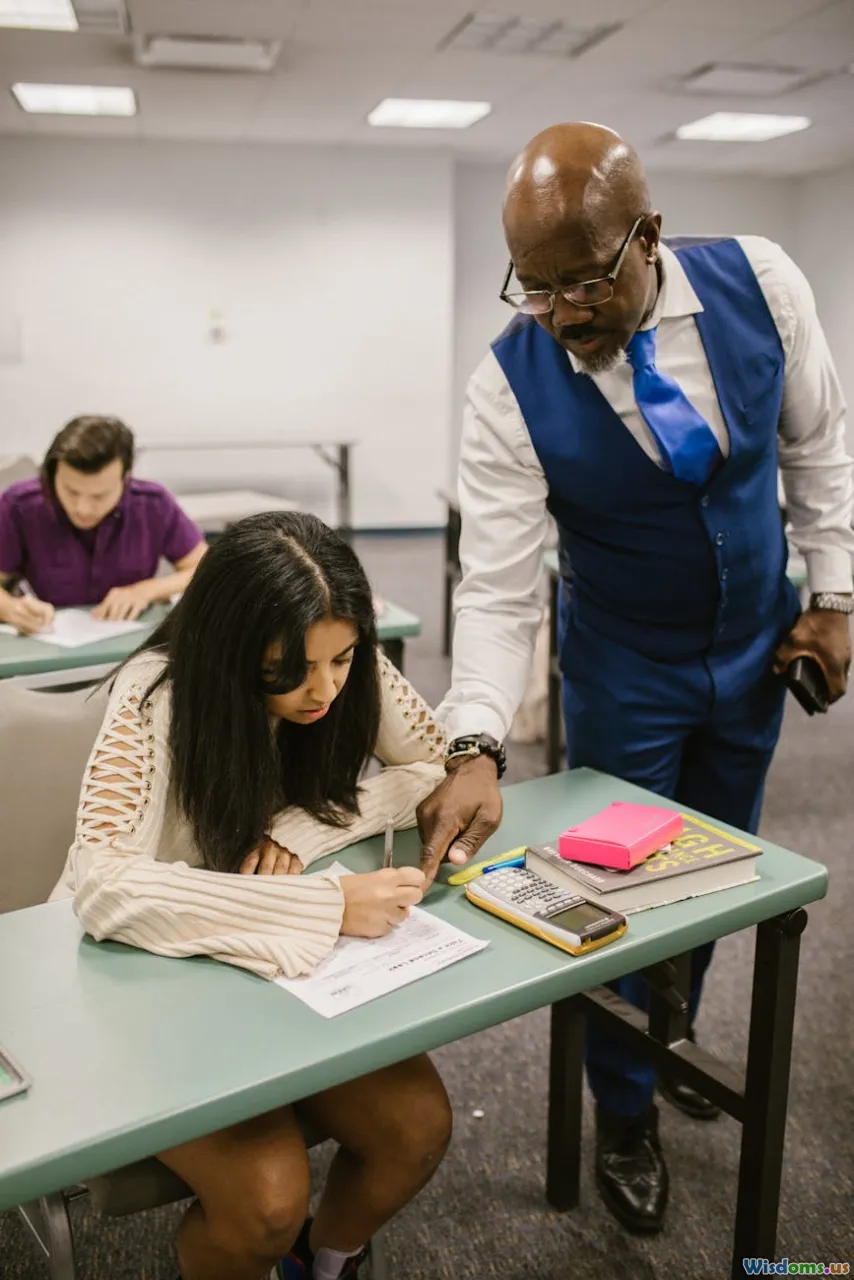
Decades of research have shown that humans are hardwired to learn by watching others. Albert Bandura, a renowned psychologist, introduced the concept of observational learning (or social learning theory) in the 1960s. He famously demonstrated that children can pick up both positive and negative behaviors just by observing an adult’s conduct, without direct teaching or reinforcement.
Bandura’s classic “Bobo doll” experiment revealed that children who saw adults behave aggressively toward an inflatable clown doll were more likely to imitate that aggression themselves. However, when children saw adults acting gently or ignoring the doll, they often did the same. While this study focused on young children, follow-up research has shown that adolescents, whose brains are still rapidly developing but who seek independence, are especially receptive to behavior modeled by others.
Fact: MRI studies have found that the adolescent brain is tuned to social and emotional cues, making teens particularly impressionable to role models during this phase.
Key Insight: Watching a role model is not just passive entertainment for a teen—it's an active learning experience that shapes beliefs, attitudes, and behaviors.
Role Models: Who Do Teens Really Look Up To?
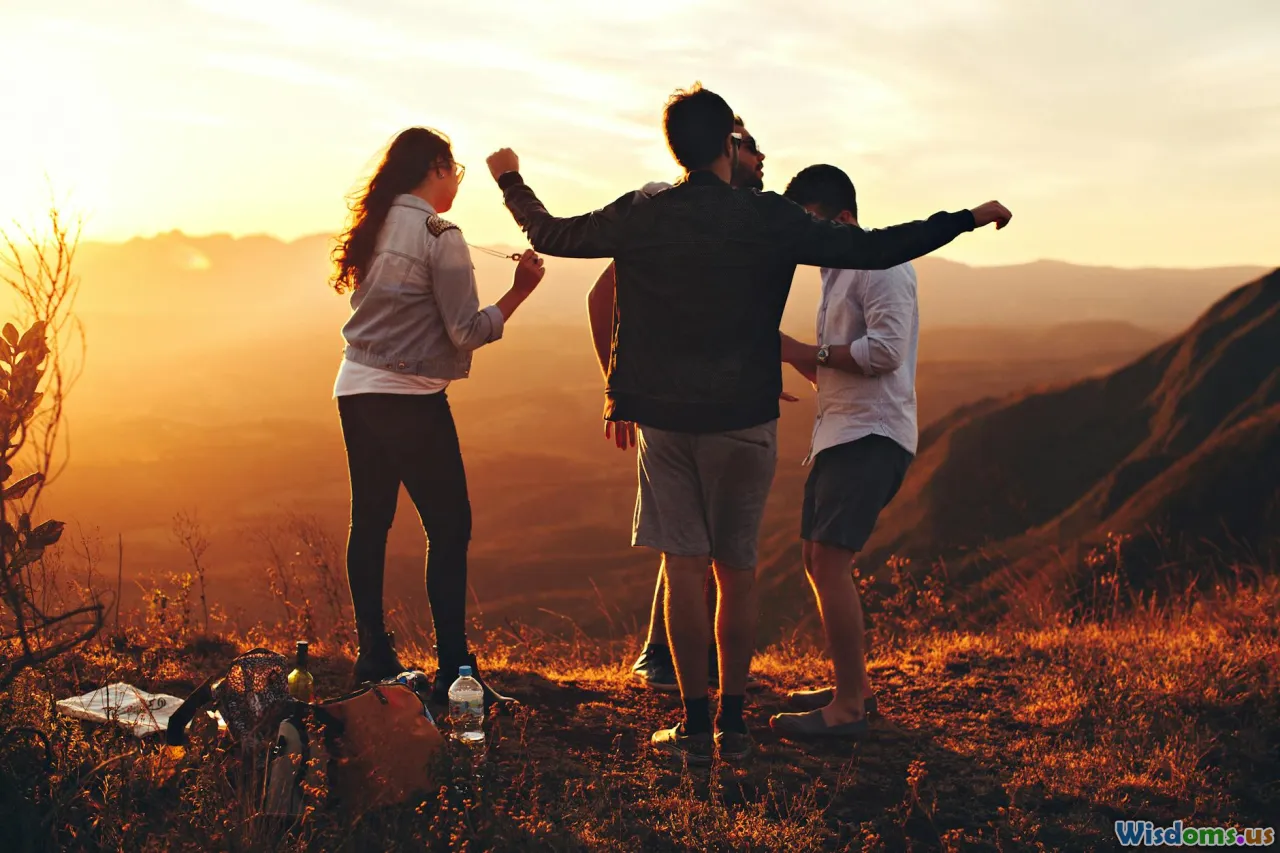
While many parents worry that celebrities or influencers may unduly sway their children, teens draw inspiration from a range of people:
- Family members: Grandparents who worked hard for success, siblings navigating college, or a parent volunteering for community service.
- Teachers or coaches: Authority figures who demonstrate resilience, commitment, or passion for their field can strongly shape teens’ goals.
- Famous personalities: Musicians, actors, athletes, or activists whose skills or values reflect what the teen admires or wishes to become.
- Peers: Friends and classmates influence day-to-day choices, from academic habits to recreational pursuits.
Example: Simone Biles, the Olympic gymnast, has become a powerful role model for perseverance and mental health advocacy. Her openness about her struggles has encouraged countless teens to pursue mental health support when faced with similar obstacles.
Insight: Teens look for authenticity in their role models—admiring not just public victories, but the personal challenges or failures overcome along the way.
How Teens Internalize What They Observe

The act of learning by watching is surprisingly nuanced and involves several psychological processes:
- Attention: For learning to occur, a teen must notice the model and recognize something valuable in their actions or outcomes.
- Retention: Teens must remember what they observed. The more meaningful or emotionally resonant the example, the more likely it is to stick.
- Reproduction: The observed behavior isn’t automatically adopted; teens must be capable of matching what they’ve seen—like practicing a musician’s skill or emulating a leader’s poise.
- Motivation: Teens need a reason to apply the learning. Witnessing a desirable result (like the respect an admired peer earns) can spur them to adopt similar behaviors.
Example in Practice: A student sees a friend advocate for a bullied classmate in school. Noticing the respect and kindness the friend receives (attention), the teen remembers the words and actions used (retention). Encouraged by the positive response, the teen stands up for a peer themselves (reproduction). The boost in self-esteem and feedback from others provides motivation to continue these actions.
Fact: According to a 2023 Pew Research Center study, over 70% of teens reported being motivated to try new activities or develop skills after seeing someone they admire do the same.
Benefits of Learning from Role Models
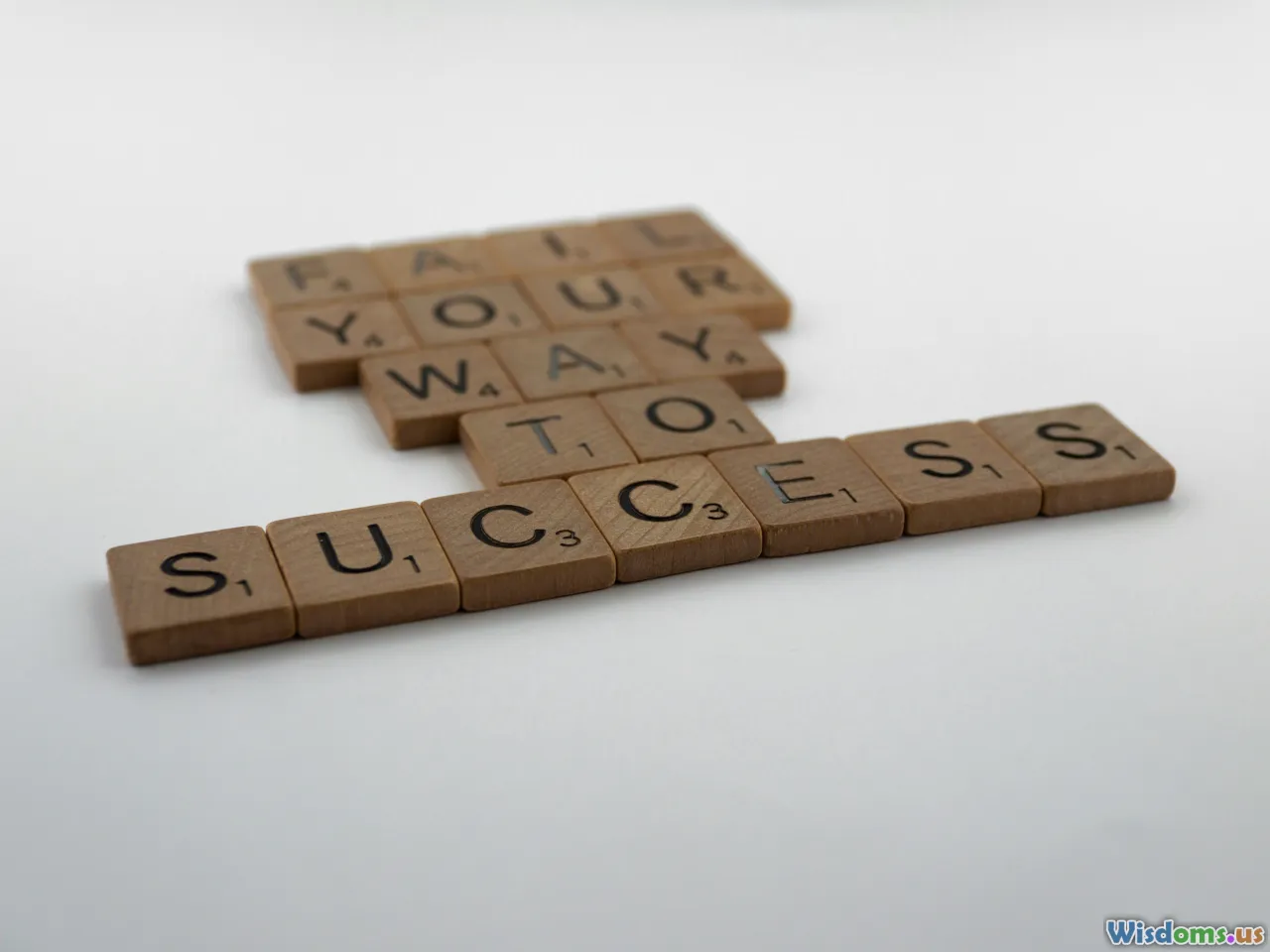
Learning by watching role models offers several powerful benefits for teens:
1. Skill Acquisition
Whether it’s learning a new sports technique, a musical composition, or even public speaking, seeing others succeed provides a template that teens can deconstruct and emulate. Video tutorials often become digital extensions of real-life modeling; sites like YouTube are filled with examples and walkthroughs that make skill acquisition accessible.
Example:
A 15-year-old aspiring basketball player watches LeBron James’s practice routines and post-game analyses. Inspired by what he observes, he mimics select drills and attitude, gradually improving his abilities.
2. Building Values and Mindset
Role models transmit not only what to do, but why to do it. Integrity, empathy, perseverance—these are traits teens observe when watching their heroes grapple with adversity or celebrate teamwork.
Example:
Greta Thunberg’s activism demonstrates commitment to principles. Teens following her journey become attuned to environmental causes and empowered to believe their voices matter, too.
3. Fostering Aspirations and Vision
Famous role models can broaden teenagers’ visions of what’s possible, encouraging them to set bold goals.
Example:
Maya Angelou's poetry and advocacy inspire many teens to express themselves through writing or take stances on social issues, even if their backgrounds or circumstances differ.
4. Coping Strategies for Setbacks
Observing how admired figures handle failure helps teens develop resilience. Seeing both the successes and stumbles of someone respected drives home that setbacks are normal—a vital lesson in adolescence.
Example:
After Serena Williams’ well-publicized defeat at the 2018 US Open, her grace in disappointment became a learning point, prompting discussions about sportsmanship and mental fortitude among teen tennis enthusiasts.
The Limitations: When Watching Isn’t Enough

Despite the potential positives, there are significant limitations to learning purely by observation.
1. Unrealistic Expectations
Not every performance or persona on social media or television reflects real life. Teens may feel inadequate if they cannot match a role model’s achievements or appearance, especially if they’re not shown the effort and failures behind the scenes.
Example: Instagram influencers often post curated content, depicting only idealized moments. If teens attempt to live up to these images without context, it can erode self-confidence and exaggerate anxieties.
2. Misguided Imitation
Teens can unwittingly internalize negative behaviors (e.g., risk-taking, substance abuse) if they admire the wrong figures or misunderstand what’s truly remarkable about a role model.
Example: Studies have found that exposure to Hollywood films where drinking or violence is glamorized can increase the likelihood that teens normalize or try these behaviors.
3. Lack of Personalization or Feedback
Learning is most effective with guidance and feedback. Without it, copying can lack the nuance, context, or know-how needed to overcome unique challenges.
Advice: Parents and mentors should encourage teens to reflect and ask questions, not simply mimic.
Active Strategies: Turning Observational Learning into Lasting Growth
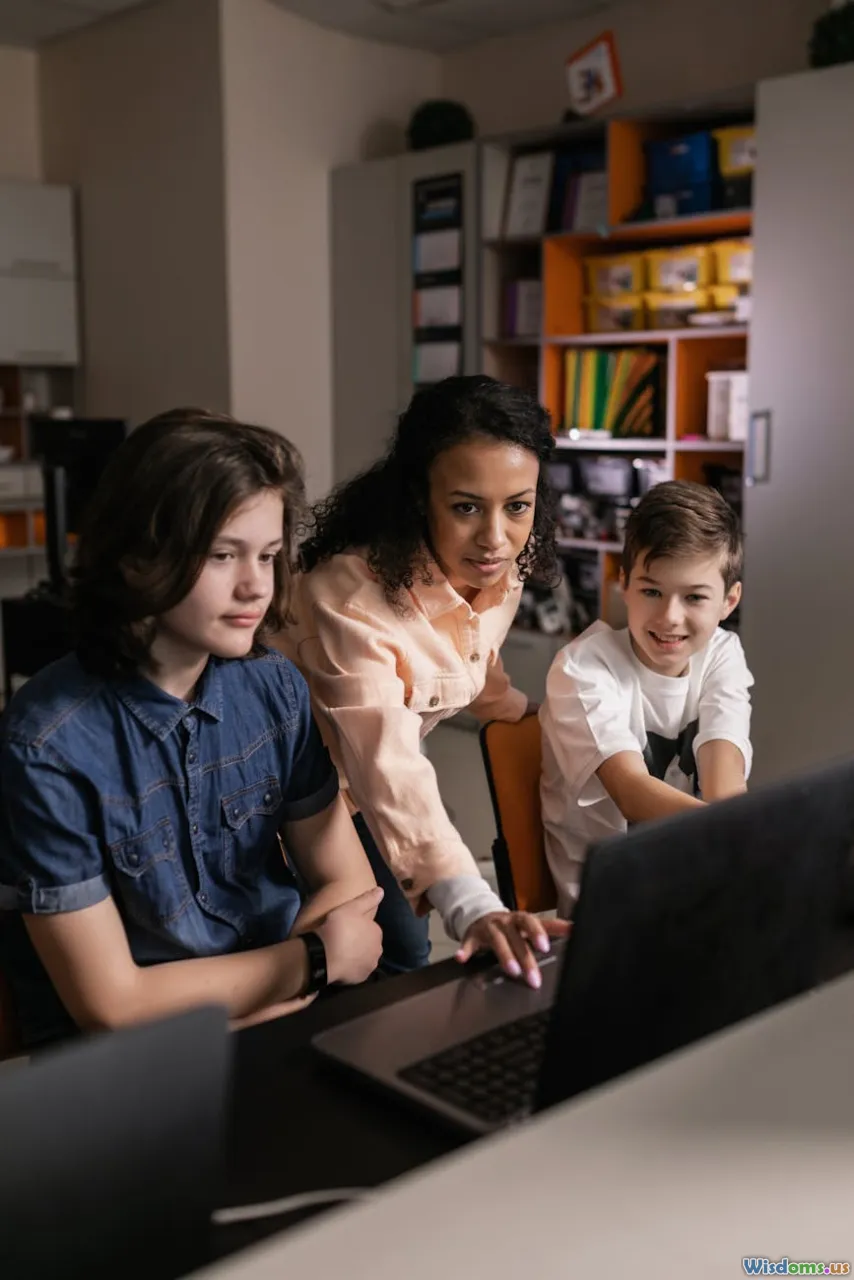
How can parents, teachers, and teens themselves harness the power of role models for real development?
1. Encourage Critical Viewing
Foster conversations about what makes someone admirable. Ask open-ended questions:
- “What about this person do you respect?”
- “Do you think they’re showing their real selves, or just a ‘public face’?”
2. Mix Direct Practice With Observation
After being inspired, practice is critical. Teens can:
- Join clubs, sports, or debate teams to try out new behaviors.
- Attend workshops with hands-on training, led by admired professionals.
3. Find Local Inspiration
Highlight community figures—coaches, entrepreneurs, artists—who show that worthy role models exist nearby, not just on screens.
4. Promote Reflective Journaling
Encourage teens to document what they learn from role models and set actionable goals. This reflection bridges the gap between admiration and real change.
5. Modeling in Families
Parents and siblings often underestimate their role. Teens notice everything: work ethic, communication in tough times, community involvement. Model openly and discuss the trials, not just triumphs.
6. Seek Out Mentorship
Pair teens with mentors who provide not only an example to emulate, but honest feedback, personalized encouragement, and a safe space for mistakes.
Tip: Schools that create mentorship programs see improved academic performance and emotional resilience among teens, as reported in multiple longitudinal studies.
When Role Models Go Digital
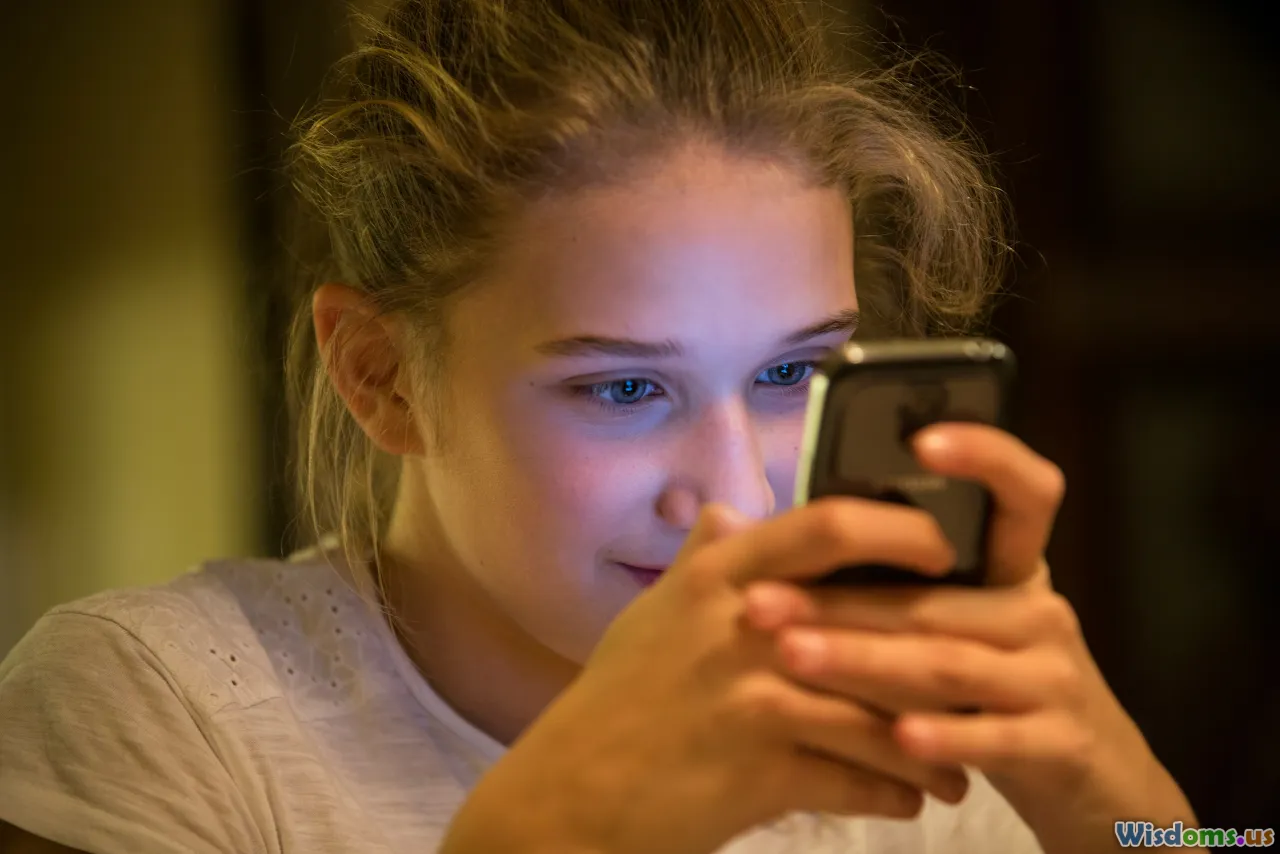
In a world saturated by TikTok challenges and YouTube celebrities, digital role models are everywhere—and their influence is both profound and complex.
Teens today don’t just watch TV; they engage, comment, and participate in online trends:
- Following creators who design STEM experiments
- Imitating gaming strategies from popular streamers
- Joining activism hashtags championed by young leaders
Opportunity: Some digital creators showcase the process beyond the product. For instance, science influencers like Hank and John Green openly discuss their failed experiments—helping normalize setbacks and the importance of persistence.
Challenge: The curated nature of digital content makes it critical for adults to guide teens towards creators who promote transparency, ethical behavior, and constructive challenges.
Case Study: When 17-year-old Lydia, inspired by tech YouTuber Simone Giertz, began building robots, she often faced frustrations and dead ends. But by sharing both successes and blunders online, Lydia learned to embrace trial and error—as she watched Simone do. This nurtured resilience alongside her technical skills.
Cultural Contexts: Role Models Across the Globe

Role modeling is not a one-size-fits-all phenomenon. Across different cultures, the types of behaviors and aspirations valued—and who teens consider as role models—vary widely.
In collectivist societies, community elders or family members often hold elevated status, teaching the importance of teamwork, respect, or tradition by example. In more individualist cultures, personal achievements, breaking barriers, or pursuing passions outside the norm can shape role model choices.
Example:
- In Japanese culture, the senpai–kohai (senior–junior) system institutionalizes role modeling as part of school life.
- Among Indigenous communities, elders’ storytelling and conduct pass on collective wisdom far more than formal instruction can convey.
Teens in multicultural environments may synthesize lessons from both local and global figures—Internet access gives them unprecedented access to diverse examples.
Tips for Parents and Educators: Guiding Teen Learning Through Role Models

If you’re helping a teen navigate role modeling, consider these actionable tips:
- Be curious and non-judgmental. Ask about their heroes without criticism—listen first.
- Share stories—failures, too. Teens need realistic perspectives. Narrate your own mistakes and how you learned from them.
- Encourage diversity in role models. Explore different fields, backgrounds, and cultures. It widens possibilities and reduces pressure to conform.
- Discuss media literacy. Examine ads, influencer posts, and TV dramas together. Ask what’s real, staged, or exaggerated.
- Offer positive reinforcement. Celebrate small steps when teens apply a lesson or adopt a healthy habit noticed from a role model.
- Expose them to real experiences. Volunteering, job shadowing, or community involvement let teens translate admiration into action.
The Bottom Line: Observation Is a Launchpad, Not the Destination

Teens absorb a tremendous amount by watching those they admire—be it the perseverance of an athlete, the grit of an entrepreneur, or the empathy of a parent or peer. But observation alone is just the starting line. For real learning to take root, teens must be encouraged to think critically, practice deliberately, and connect lived experience with what they see.
Role models, when chosen well and reflected upon thoughtfully, can transform aspirations into action—helping teens shape not only who they are, but who they dare to become.
Rate the Post
User Reviews
Popular Posts

















